
Dot Dash

«You have to, as a lighting designer, be able to feel that space out in your mind to experience it before it’s built, so that you know how people would react to the lighting.»
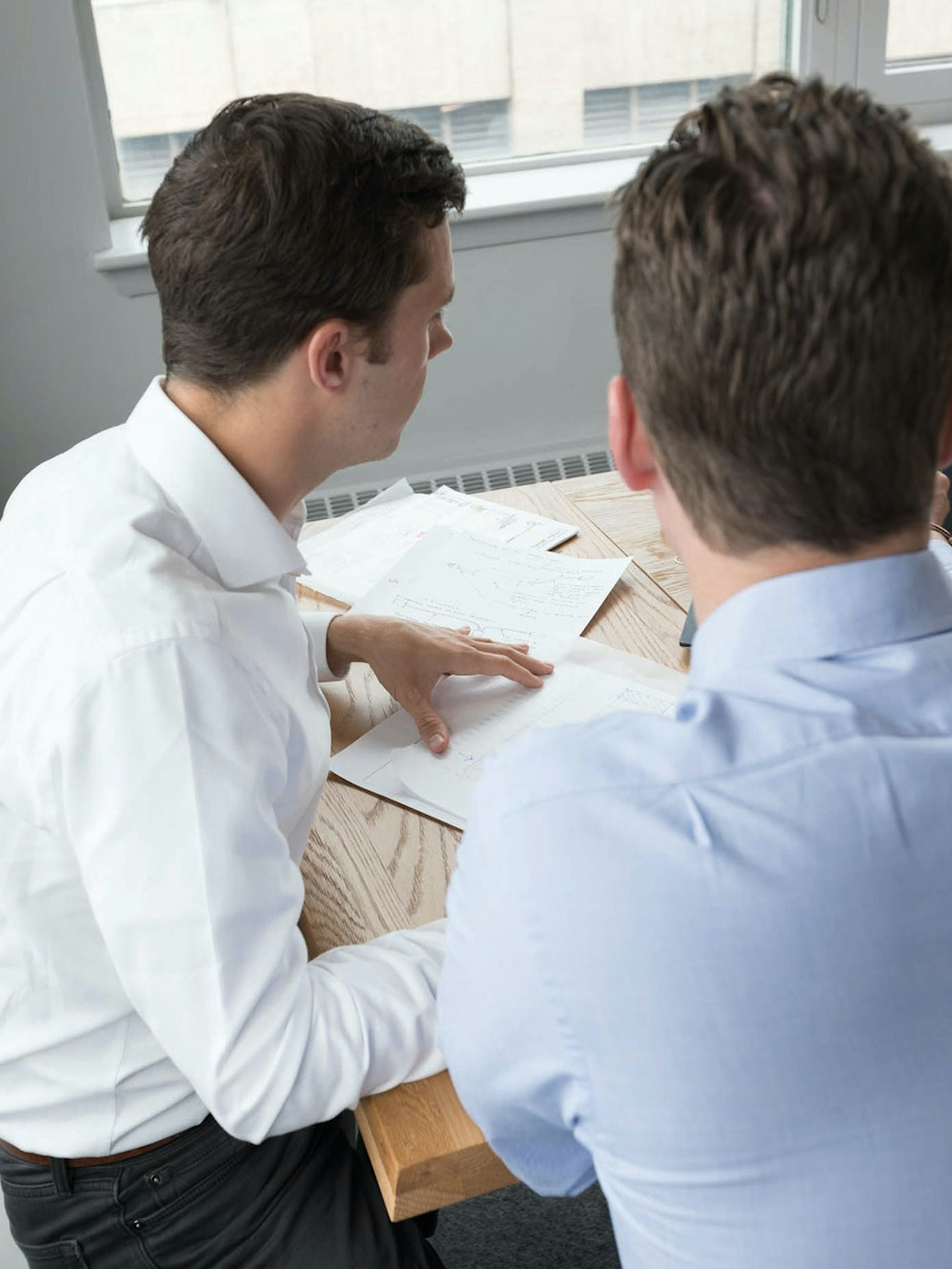
I think one of the greatest challenges with lighting design is not a purely quantitive thing, it’s very qualitative, so you can design an office to feel like a residence, or a residence to feel like a museum all through changing lighting design.
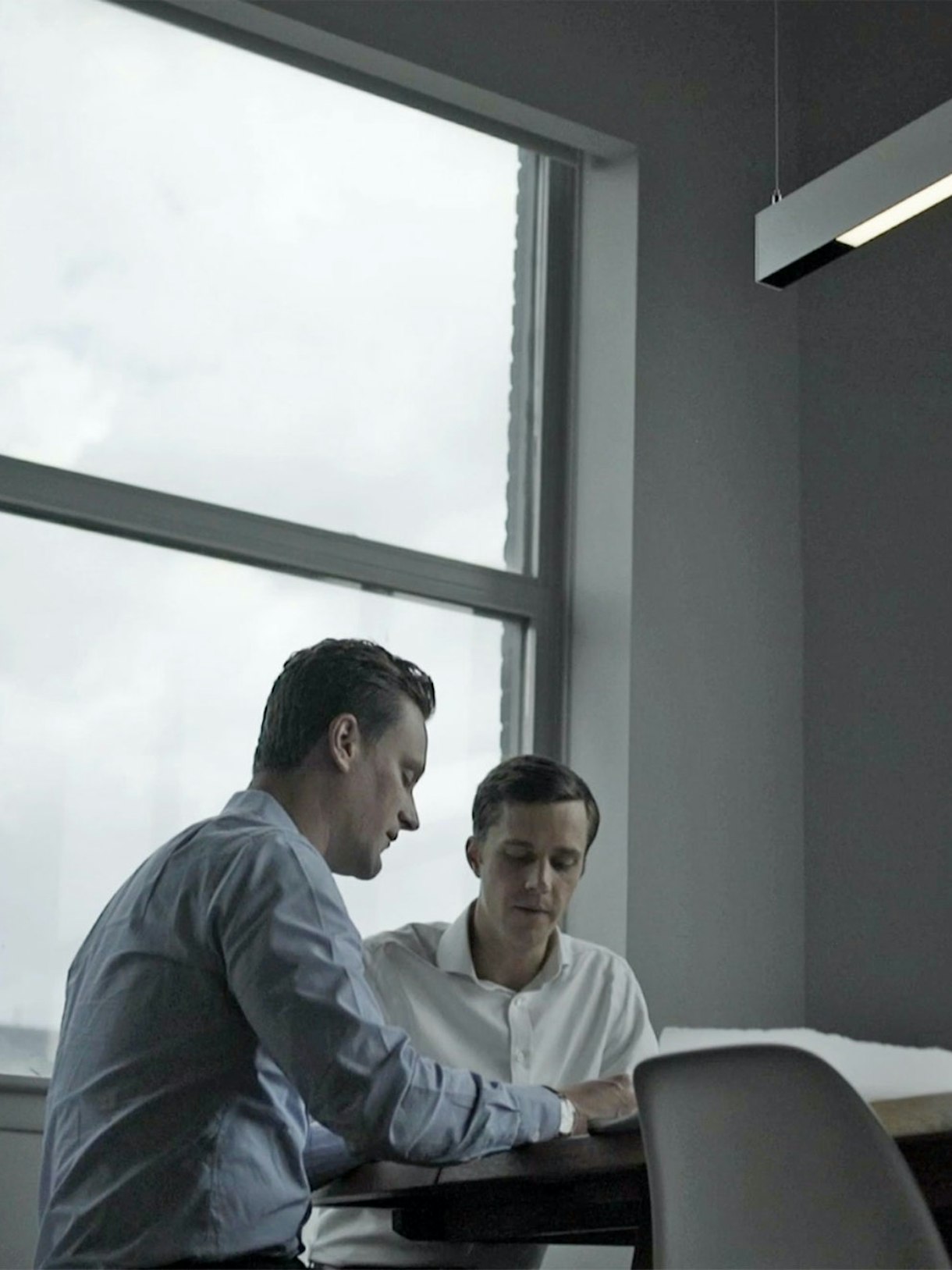
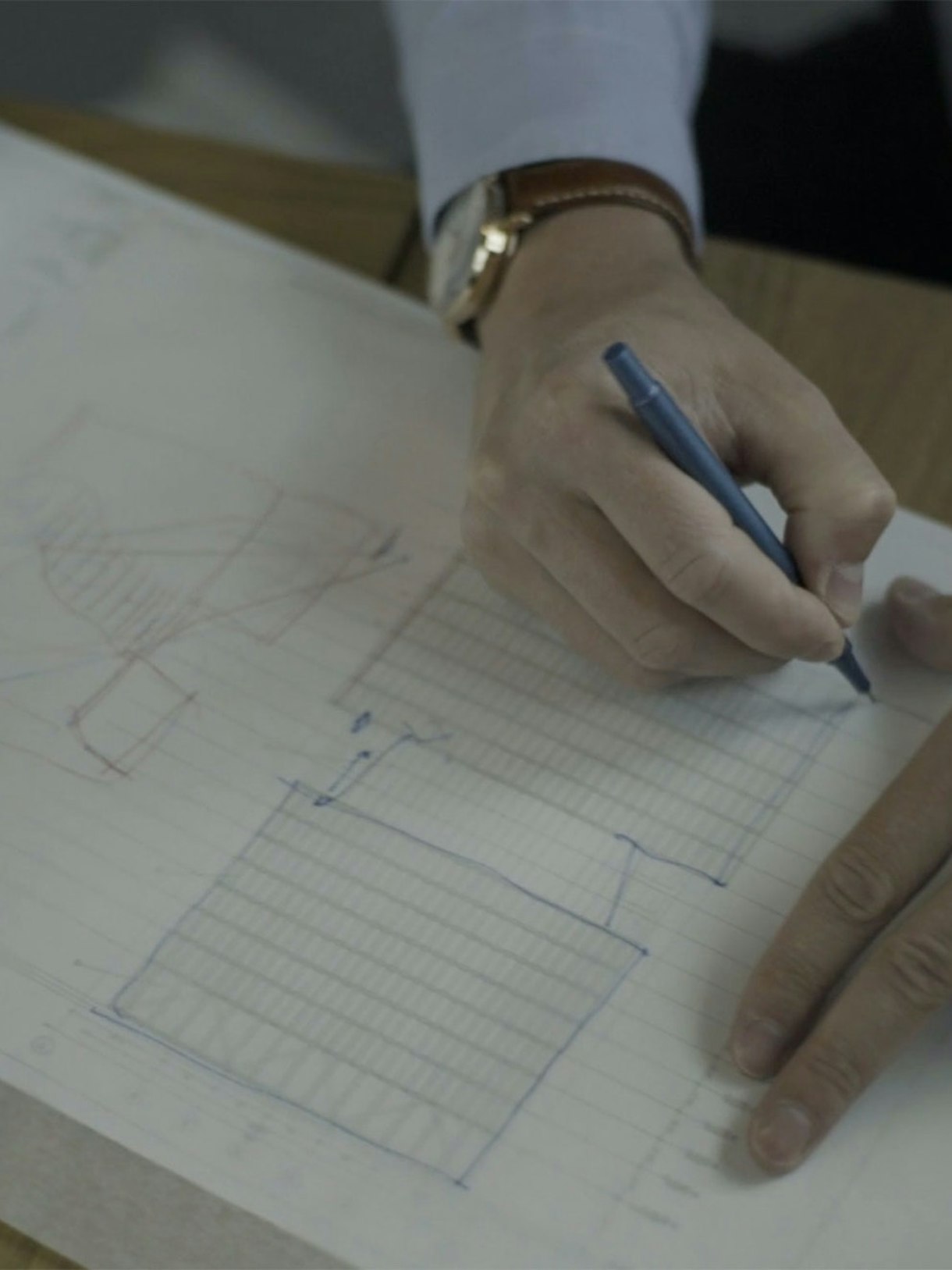
I think teamwork and collaboration is the most important part of being a lighting designer, we are working with the architect, the contractors, the client, all to achieve a mutual goal. It’s not one working in isolation from the other, we are working with architects to study materials and forms to figure out how this affects the lighting and how the lighting then affects those parts of the space.
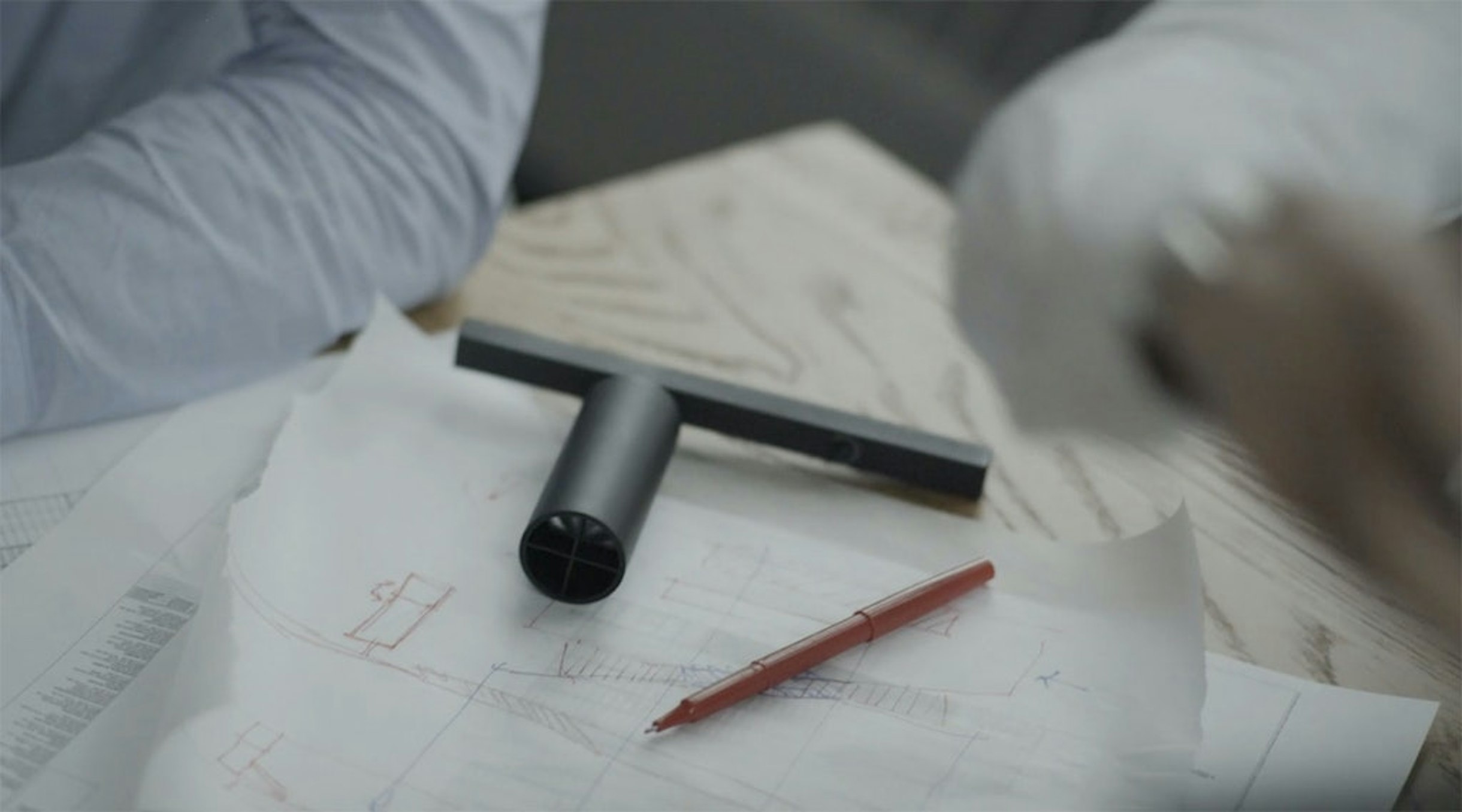

I think one of the most beneficial things we see about the Running Magnet is that availability to reconfigure spaces, you can add the spotlights to the strips you can change what may be an ambiently lit space to something that is very moody and dramatic with spotlights over tables or spotlights on an artwork.
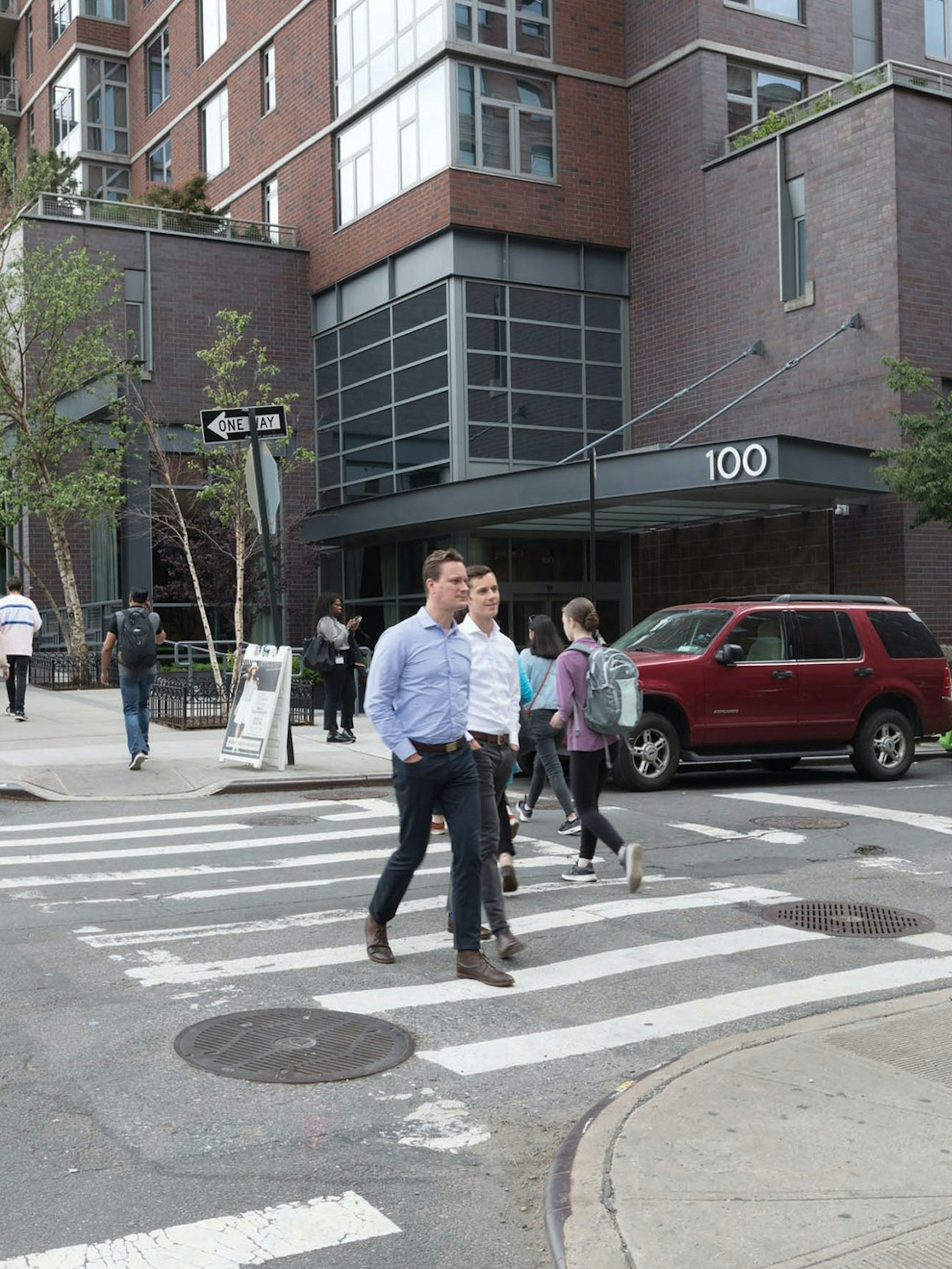
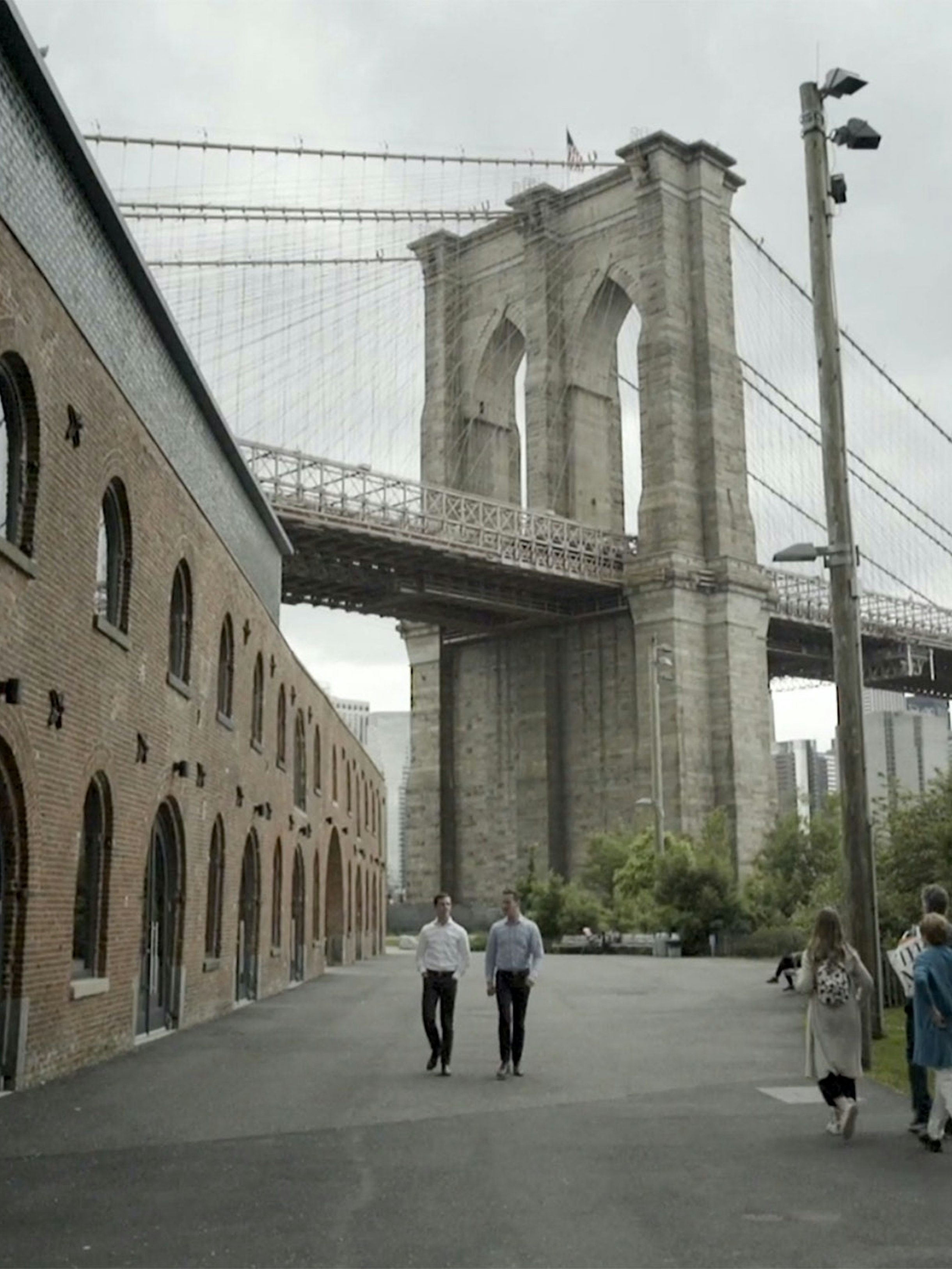
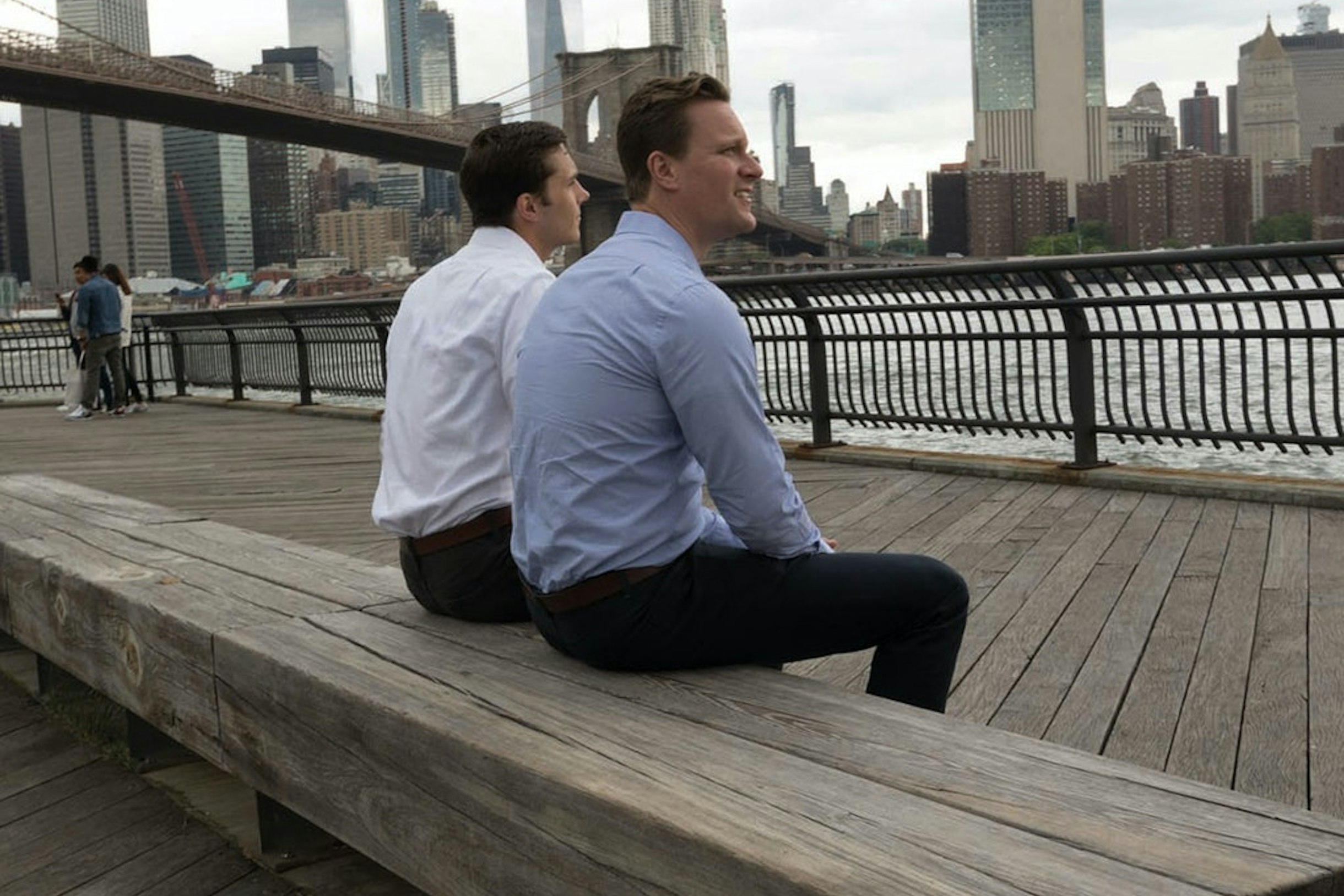
The fixture that I enjoy the most and that I use regularly is the Glo-Ball, I love its simplicity and how the form factor can be applied to so many different environments from traditional to very contemporary spaces, I think that it’s hight of modernist design and it’s beautiful.